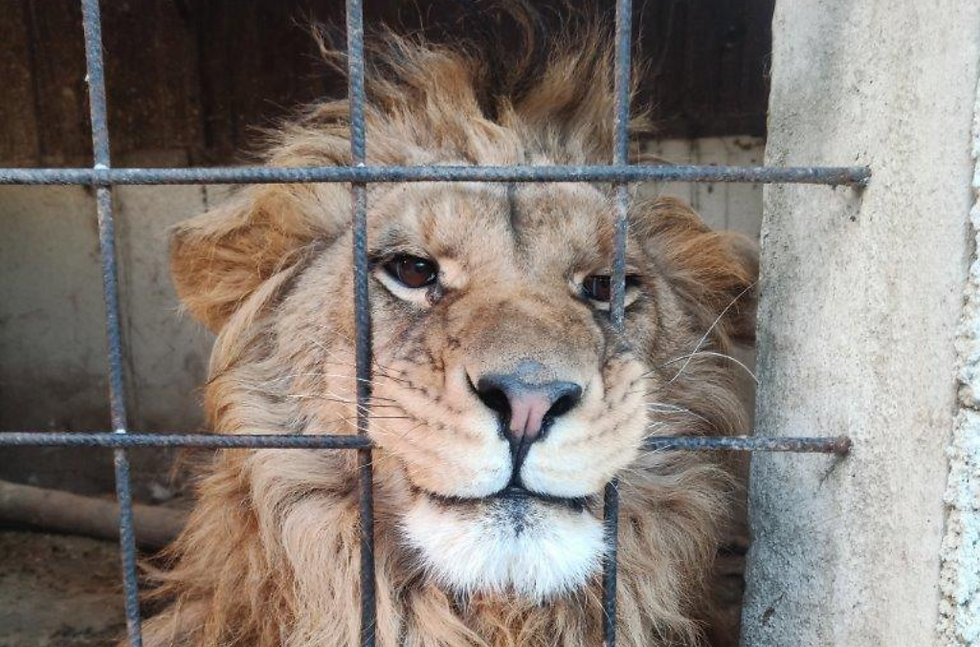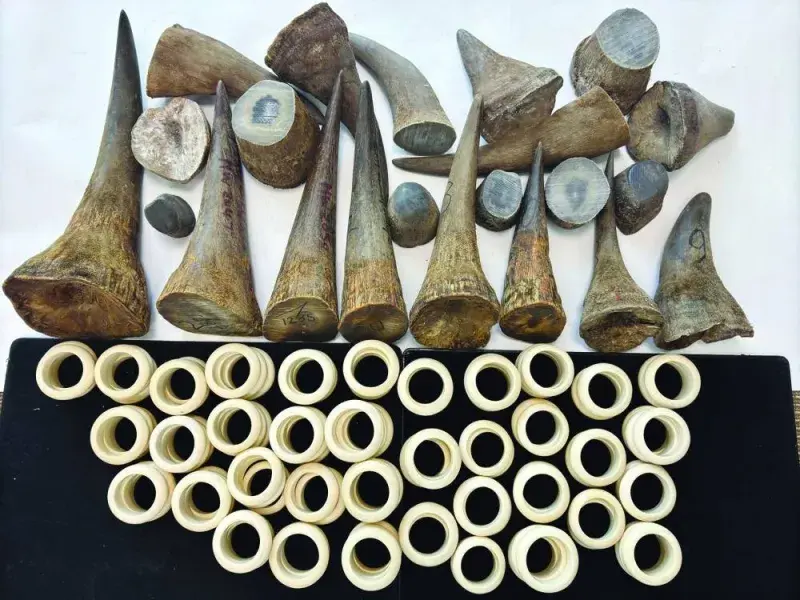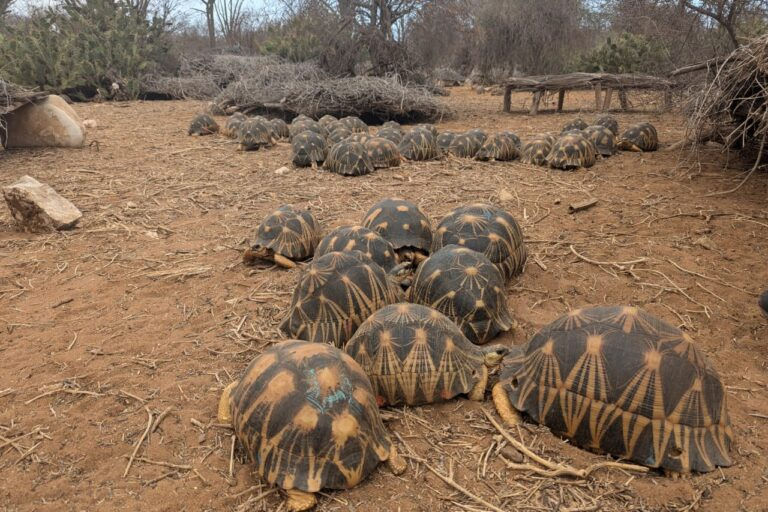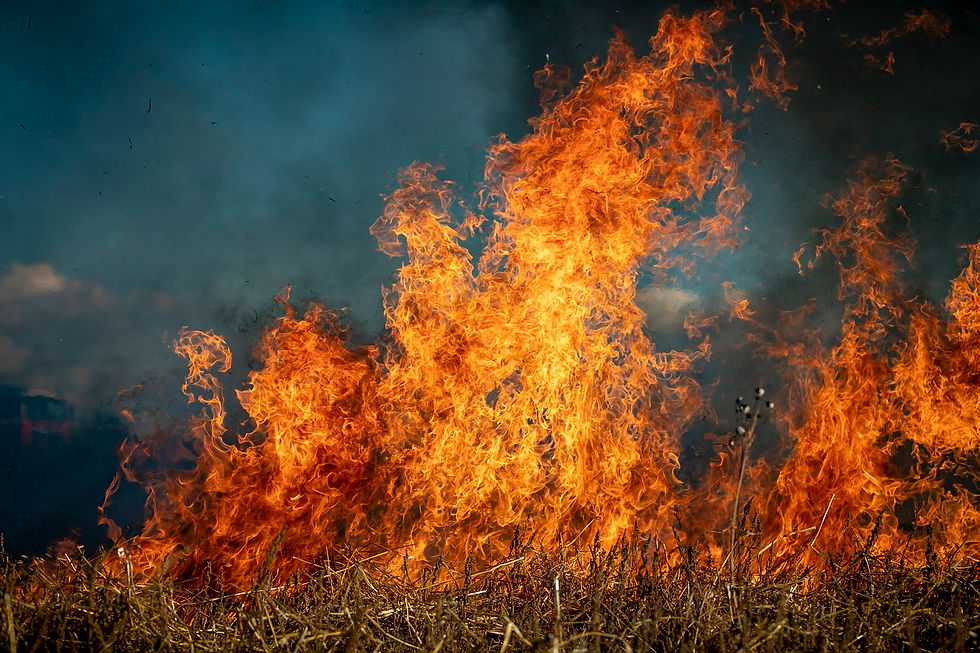Recent Efforts to Combat Wildlife Trafficking Across the Globe
- Brenda Karimi
- Feb 26
- 5 min read
Updated: Feb 28
Wildlife trafficking remains one of the most pressing global conservation challenges. At the core of illegal wildlife trafficking is a rapidly expanding demand for a variety of products around the world: bushmeat; ingredients for traditional Eastern medicine; exotic pets; jewellery, trinkets, and accessories such as chess sets; furs for users ranging from coats to traditional costumes; and trophies.
The multibillion-dollar illicit industry poses a severe threat to ecosystems and bolsters organized crime. Valued at an estimated $20 billion annually, this illegal trade is increasingly associated with corruption, armed violence, and other transnational criminal activities
Wildlife trade is regulated by the Convention on International Trade in Endangered Species of Wild Fauna and Flora (CITES), which currently has 184 parties, including 183 countries and the European Union. Despite international agreements and national laws, the illegal wildlife trade continues to flourish.
However, recent crackdowns signal a growing commitment by governments and international agencies to dismantle trafficking networks and strengthen legal protections for wildlife. Let's explore four major recent efforts to combat wildlife trafficking:
Operation Thunder 2024 by INTERPOL
Nearly 20,000 live animals, including endangered and protected species, were rescued in Operation Thunder 2024, a global crackdown on wildlife and forestry trafficking coordinated by INTERPOL and the World Customs Organization (WCO). Running from November 11 to December 6, the operation involved 138 countries, leading to 2,213 seizures, 365 arrests, and the identification of six transnational criminal networks.
Authorities confiscated big cats, birds, pangolins, primates, and reptiles, with wildlife forensic experts collecting DNA samples to aid prosecutions. Additionally, significant seizures included 41 tonnes of exotic timber in Kenya, nearly 4.5 tonnes of pangolin scales in Nigeria, and eight rhino horns intercepted in Qatar.

Operation Thunder also uncovered extensive trafficking of animal parts, timber, marine life, and rare plants. Authorities identified over 100 companies involved in illegal wildlife trade and investigated online platforms used for trafficking.
The intelligence gathered will enhance global enforcement efforts, with INTERPOL and WCO emphasizing the urgent need for stronger action against wildlife crime. The operation was supported by the CITES Secretariat, the International Consortium on Combating Wildlife Crime (ICCWC), and funding from the EU, the UK’s DEFRA, and USAID.
Tanzania’s 116 Turtle Crackdown
Over 100 baby tortoises, most of them dead, have been repatriated to Tanzania from Thailand as evidence in a wildlife smuggling case, according to Interpol. The 116 tortoises, including endangered species such as pancake, radiated, and Aldabra giant tortoises, were discovered in a Ukrainian woman’s luggage at Bangkok’s Suvarnabhumi Airport. While 98 did not survive, all were returned for criminal proceedings.

The smuggler, who initially escaped, was later apprehended in Bulgaria, leading to the arrest of 14 more suspects through a collaborative effort involving Thai, Tanzanian, and Interpol authorities. The surviving tortoises will undergo quarantine and evaluation for potential reintroduction into their natural habitat.
Rhino Horn and Ivory Smuggling from Africa to Asia
Qatar’s Ministry of Environment and Climate Change (MoECC), in collaboration with relevant authorities, recently intercepted a traveller attempting to smuggle 120 pieces of rhinoceros horn and ivory through Hamad International Airport. The confiscated items weighed 45.26 kg and were seized as part of MoECC’s ongoing efforts to combat illegal trade in endangered species.

The MoECC has reiterated the importance of adhering to Law No. (5) of 2006, which regulates the trade of endangered wildlife species and their products. The Wildlife Development Department urged individuals to obtain the necessary permits and documentation when dealing with protected species under the Convention on International Trade in Endangered Species of Wild Fauna and Flora (CITES).
Madagascar’s Tortoise Trafficking Crackdown
Madagascar has intensified its crackdown on illegal wildlife trafficking, arresting 19 people linked to the smuggling of endangered tortoises. The arrests, which followed the December 2024 capture of a Tanzanian national transporting 800 tortoises in Mahajanga, uncovered a vast network of poachers, intermediaries, and international buyers.
Among those detained are 13 men, including the Tanzanian suspect, and six women, while four Chinese accomplices were arrested in Tanzania. Authorities also intercepted multiple smuggling attempts at Antananarivo airport, where foreign nationals were caught with hundreds of baby-radiated tortoises hidden in luggage.

Traffickers primarily target Madagascar’s critically endangered radiated and spider tortoises, highly valued in the illegal pet trade. Over the past year, more than 2,400 tortoises were seized, including a record 1,200 in Thailand. Politicians have also been implicated, with a member of parliament arrested in December for transporting 112 tortoises.
The illegal trade of endangered species threatens their survival, but global and national laws work to protect them by regulating trade and enforcing strict penalties.
The Convention on International Trade in Endangered Species of Wild Fauna and Flora (CITES) is a global treaty designed to safeguard endangered species from overexploitation by regulating their international trade. It classifies species into different levels of protection based on the threat they face, ensuring that trade does not push them closer to extinction. Through a permit system and trade restrictions, CITES helps control the legal movement of endangered wildlife and its products, promoting conservation while allowing sustainable use where appropriate.
The United Nations Convention Against Transnational Organized Crime (UNTOC) and its Wildlife Crime Resolutions recognize wildlife trafficking as a form of organized crime and call on countries to criminalize and strengthen enforcement against it.
In Africa, the Lusaka Agreement on Co-operative Enforcement Operations Directed at Illegal Trade in Wild Fauna and Flora facilitates cross-border collaboration to combat wildlife trafficking.
At the national level, the Wildlife Conservation and Management Act, 2013 imposes strict penalties for poaching, trafficking, and possession of illegal wildlife products, reinforcing the country’s commitment to wildlife protection. These legal frameworks, combined with enforcement efforts, are vital in addressing the growing threat of illegal wildlife trade.
Combating wildlife trafficking requires stronger laws, cross-border cooperation, and harsher penalties under organized crime laws. Engaging communities in conservation and providing alternative livelihoods can also help curb poaching and illegal trade.
Challenges for Law Enforcement
Many countries do not consider wildlife trafficking a serious crime, resulting in weak enforcement efforts.
Laws on wildlife trafficking are often underdeveloped or contain loopholes, making it difficult to prosecute offenders.
Poorly defined offences create legal uncertainties that hinder effective investigation and prosecution.
Diplomatic immunity can protect government officials involved in wildlife trafficking, preventing them from facing justice.
Law enforcement agencies often lack the necessary resources, training, and expertise to combat wildlife crime effectively.
Specialized agencies responsible for tackling wildlife trafficking are frequently understaffed and underfunded.
Weak judicial and prosecutorial systems allow traffickers to evade justice, further enabling illegal wildlife trade.
Corruption among law enforcement officials and authorities worsens the problem by facilitating illegal activities.
National and international coordination in combating wildlife trafficking remains weak, limiting the effectiveness of enforcement efforts.
Authorities often fail to share critical information and resources, reducing the ability to combat wildlife crime efficiently.
Due to weak enforcement and corruption, traffickers and poachers often operate with impunity, allowing illegal wildlife trade to thrive.
Wildlife trafficking is one of the greatest threats to our planet’s biodiversity, driven by greed, corruption, and a disregard for the natural world. While recent crackdowns signal progress, the fight is far from over. Strengthening legal protections, enforcing stricter penalties, and fostering international cooperation are crucial steps in dismantling this cruel trade.
Ensuring animals receive stronger legal recognition is not just a conservation effort, it is a moral and legal responsibility. The survival of countless species depends on the actions we take today. If we stand together, with determination and compassion, we can create a future where wildlife thrives, not as commodities, but as integral, respected members of the ecosystems we all share.



Comments